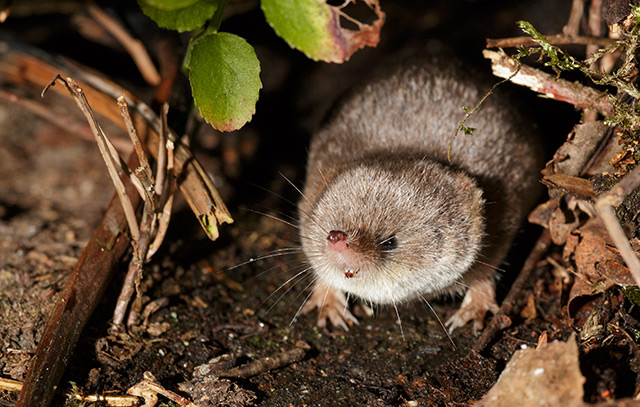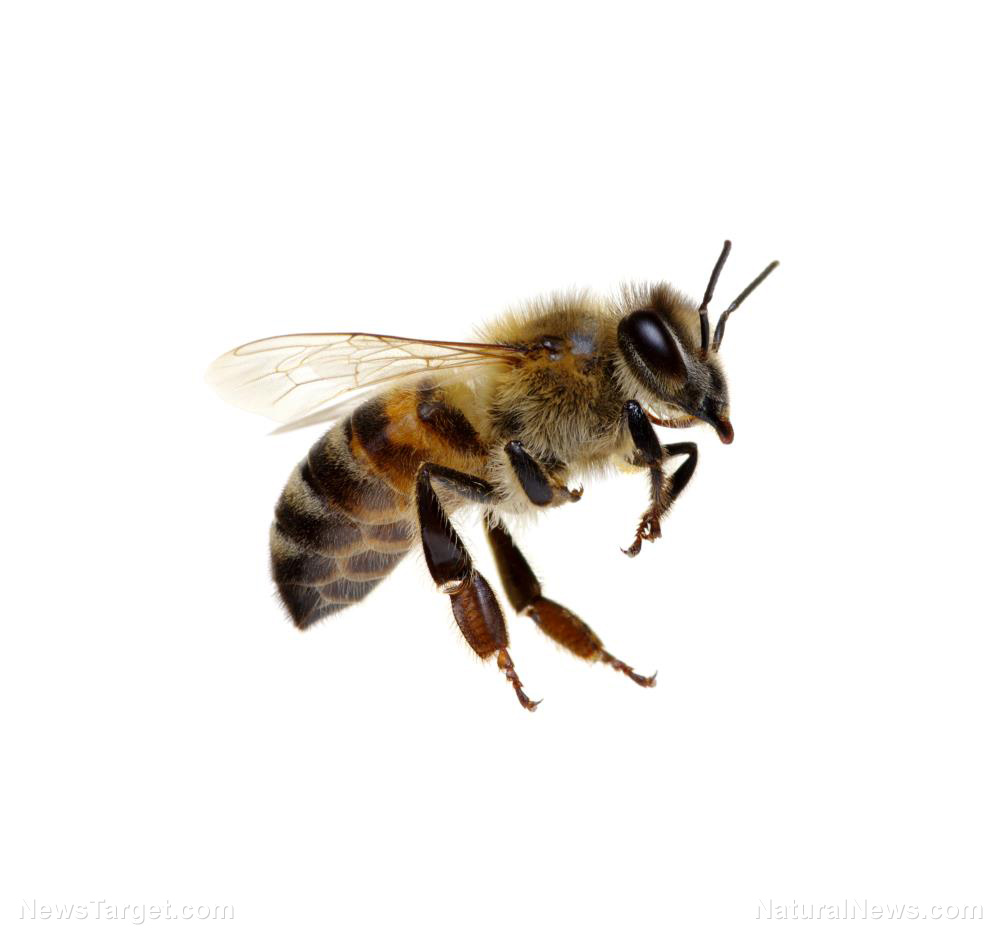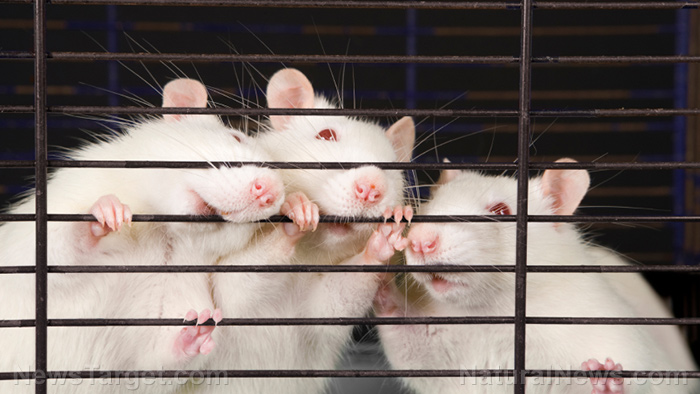Mother Nature’s amazing tech: Researchers studied dandelions to develop new parachutes, drones
11/27/2017 / By Jhoanna Robinson

The science behind how dandelions scatter their seeds is carefully being studied by researchers in biomechanics, fluid dynamics, and microfabrication at Scotland’s University of Edinburgh, lending them information into the physics of parachutes and giving them ideas on how to design small drones or micro air vehicles.
The researchers gave the answer as to why at low Reynolds numbers, the mechanics for big parachutes are not the same for small dandelions during a presentation at the 70th annual meeting of the American Physical Society‘s Division of Fluid Dynamics last November 19 to 21 in Denver, Colorado.
In fluid mechanics, the Reynolds number is a dimensionless number that helps predict flow patterns in different fluid flow situations. Laminar flow that transpires at low Reynolds numbers is characterized by smooth fluid motion, while flow that transpires at high Reynolds numbers is characterized by inertial forces, bringing about turbulence and other flow instabilities.
“In our work, we uncover the flight mechanism of a parachuting dandelion fruit, and reveal a new type of vortex, responsible for its flight capacity,” said research team member Cathal Cummins. (Related: Wind turbines could be made less noisy by copying serrated wing edges from owls.)
The dandelion can be likened to a parachute in how it disperses its seeds, carrying them in slow, steady descent and with very little dependence on any type of material. It has achieved high drag capacity without compromising stability and with very minimal use of materials – it’s 90 percent empty space.
This causes a quadrupling of the drag coefficient as compared with an impervious membrane, like a wing section. “Our research could shift the paradigm in the design of small passive flyers such as micro air vehicles,” said Cummins.
It was shown by previous models of the dandelion fruit that each parachute filament is capable of acting independently, and that the total drag force given by the parachute can be obtained by mixing each of these contributions.
The researchers showed that creating a low-porosity miniature parachute results in the destabilization of a separated toroidal vortex (STV), and thus a turning moment can cause the fruit to spin. “Our research shows that the dandelion’s parachute is an exquisite example of less is more,” Cummings concluded.
Drones used to fight malaria in Tanzania
Understanding the technology and ultimately, the physics behind designing and making drones is essential in this day and age, especially since a drone has a lot of uses and can impact living conditions of people the world over.
For instance, Aberystwyth University in Wales, England, in cooperation with Tanzania’s Zanzibar Malaria Elimination Programme, has embarked on an initiative to use drones to survey malaria hot zones and figure out where the water-laden areas where malaria-carrying mosquitoes are likely to reproduce.
An off-the-shelf drone (for instance, the DJI Phantom 3) can cover a large rice paddy in just 20 minutes, and the data that it gathered can be analyzed in an afternoon. After this, problem areas can be sprayed with insecticides, preventing outbreaks from starting in just a matter of hours.
The use of drones for this particular purpose, however, has sparked controversies regarding immediate impact on local wildlife and privacy issues. The researchers are optimistic that immersing residents in the technology will make them more comfortable with it.
For more news stories regarding the environment and what goes on in the natural world, visit Environ.news today.
Sources include:
Tagged Under: biomimicry, Dandelion, drag capacity, drones, engineering, future tech, innovation, inventions, Mother Nature, parachute, Reynolds numbers, seed dispersal




















